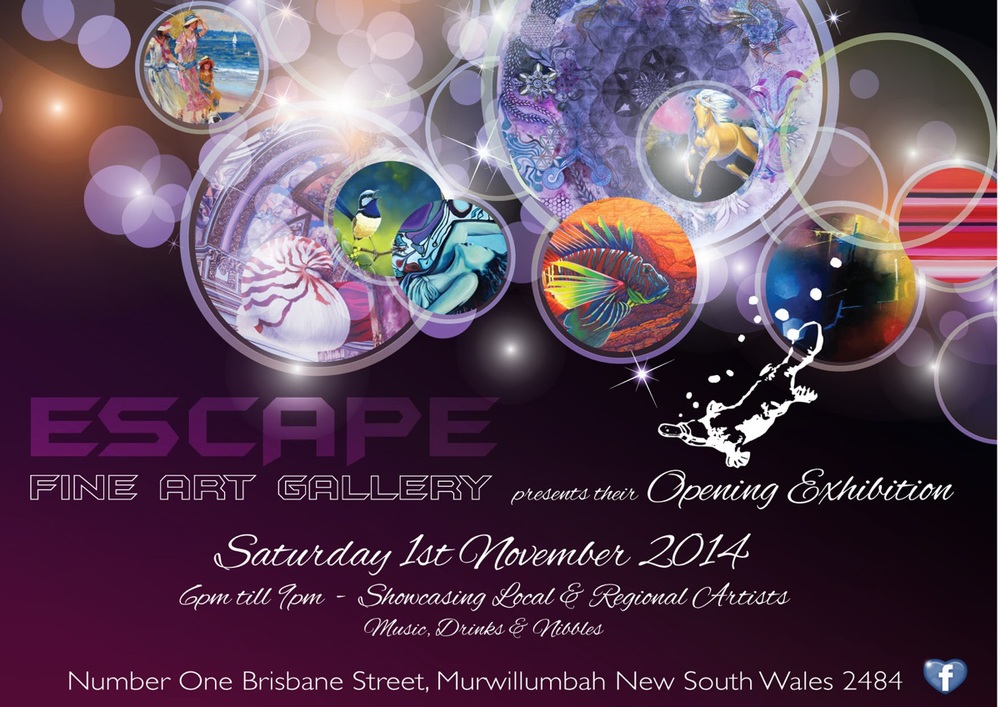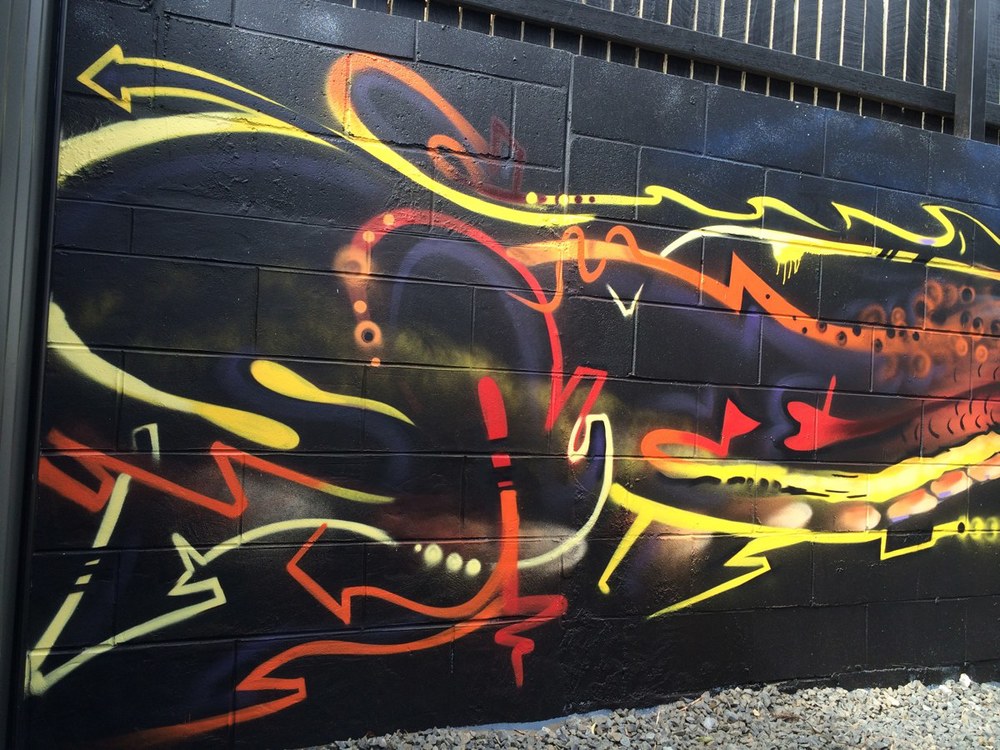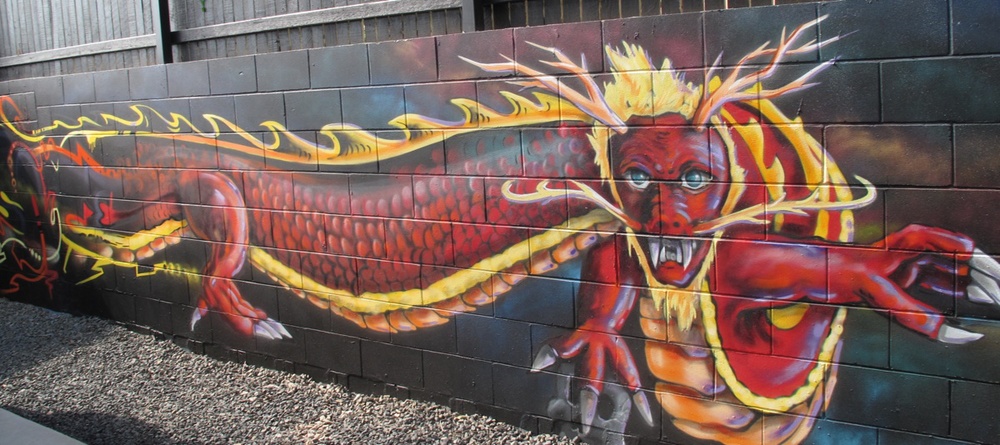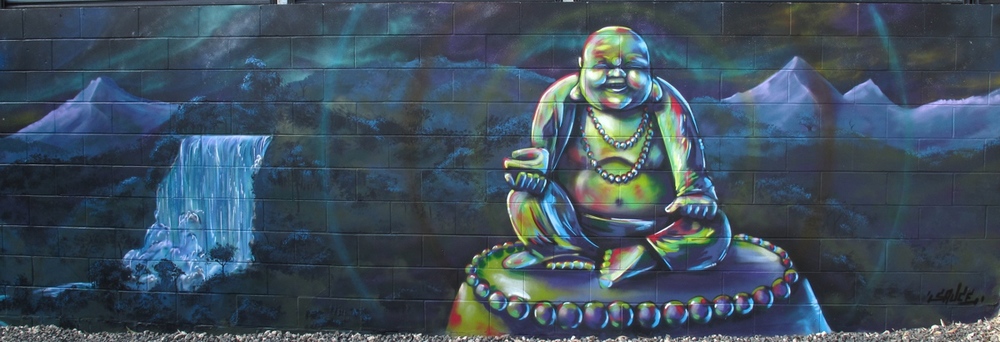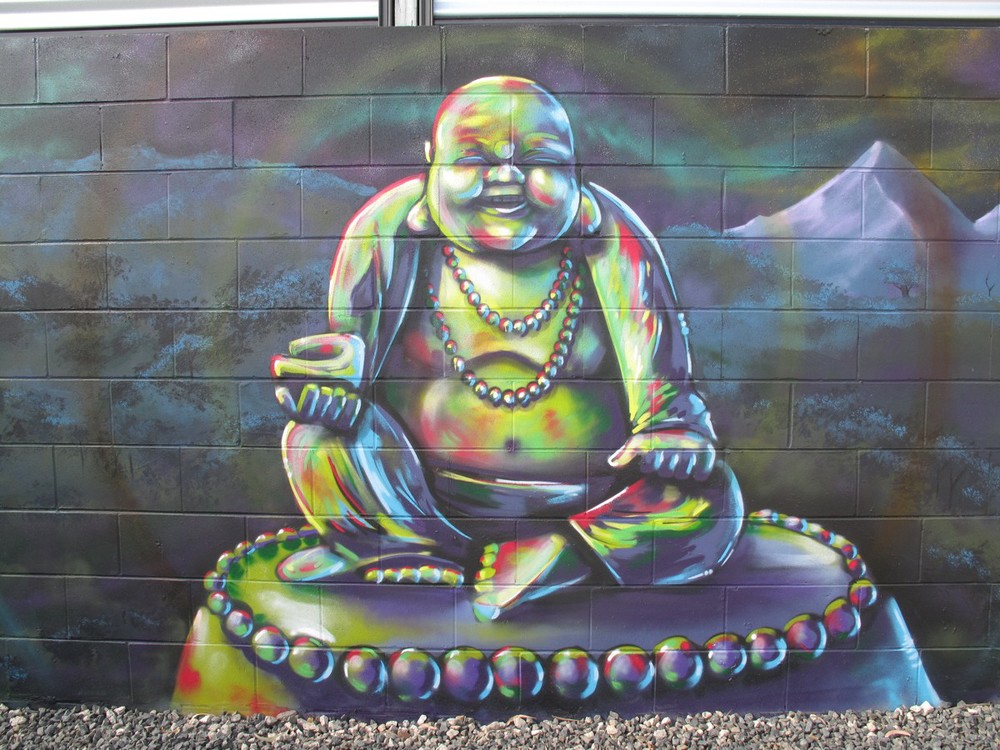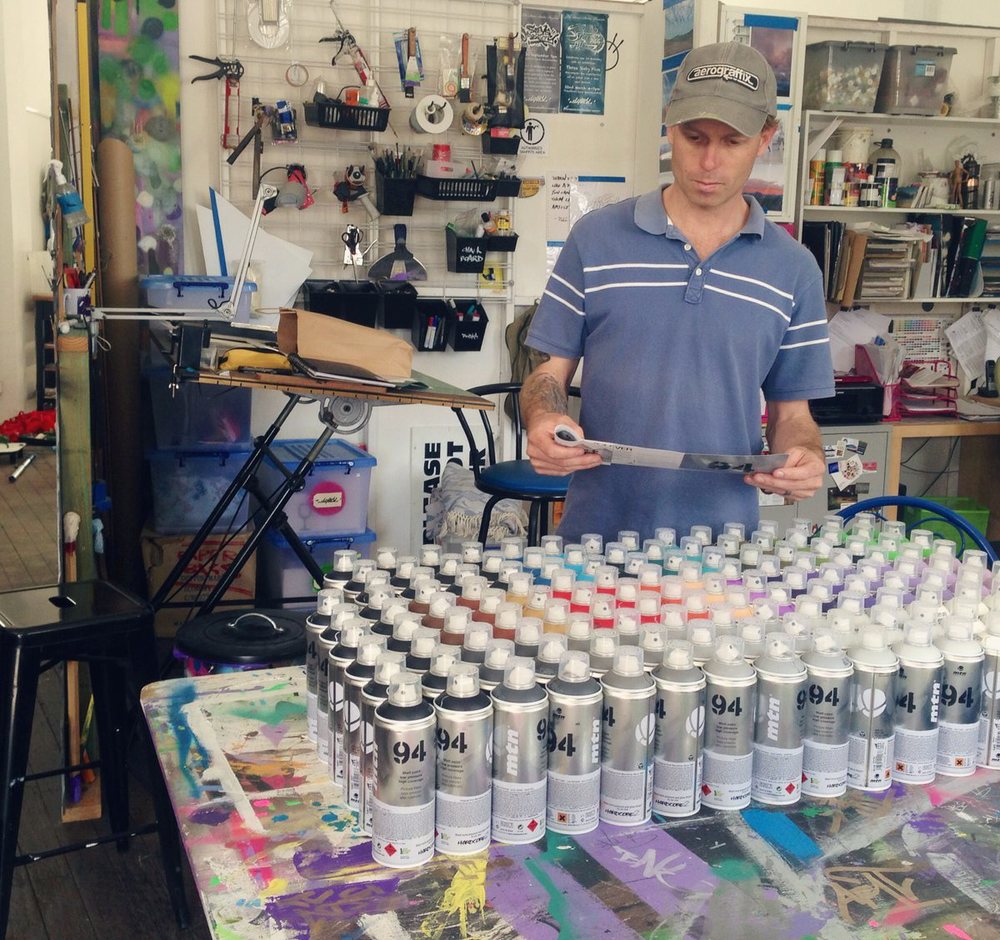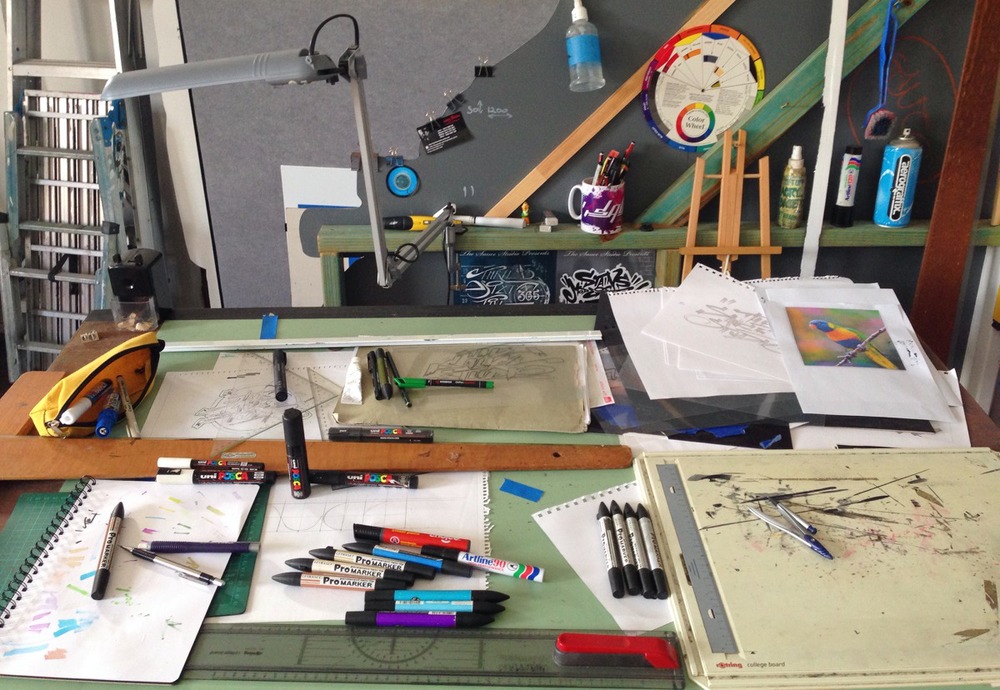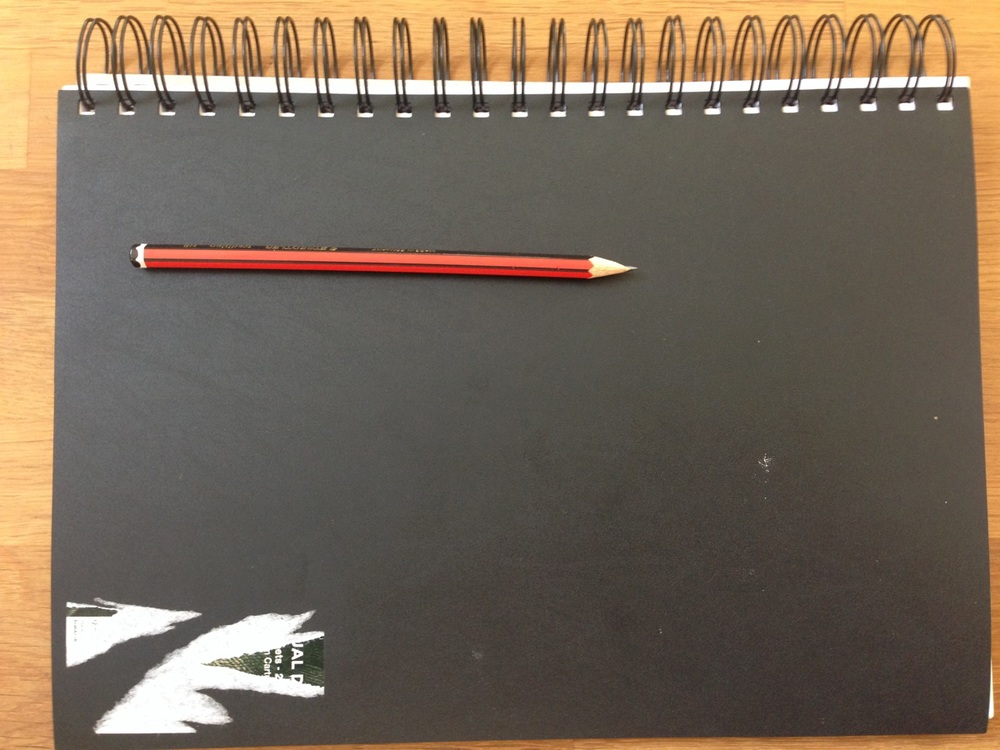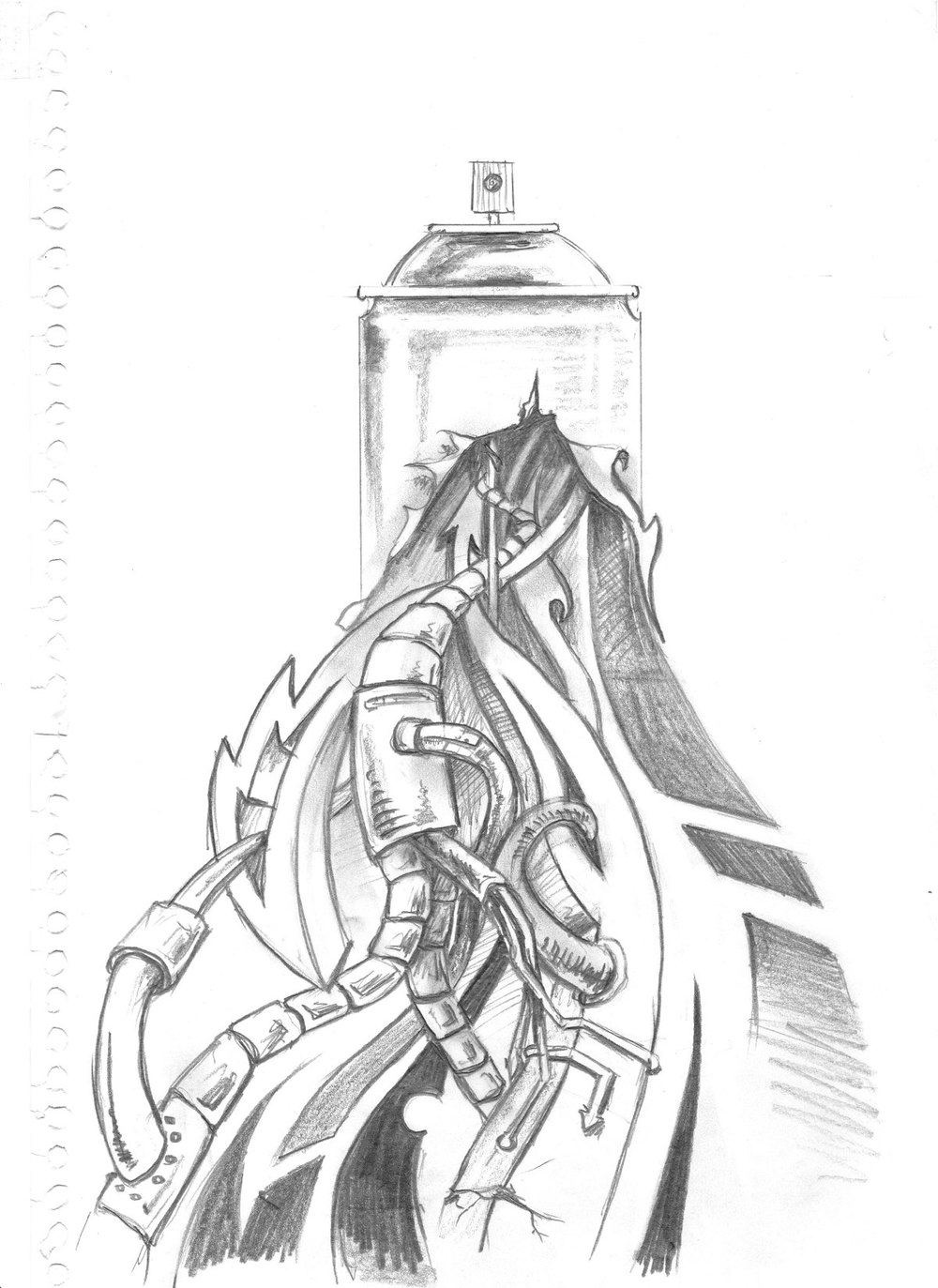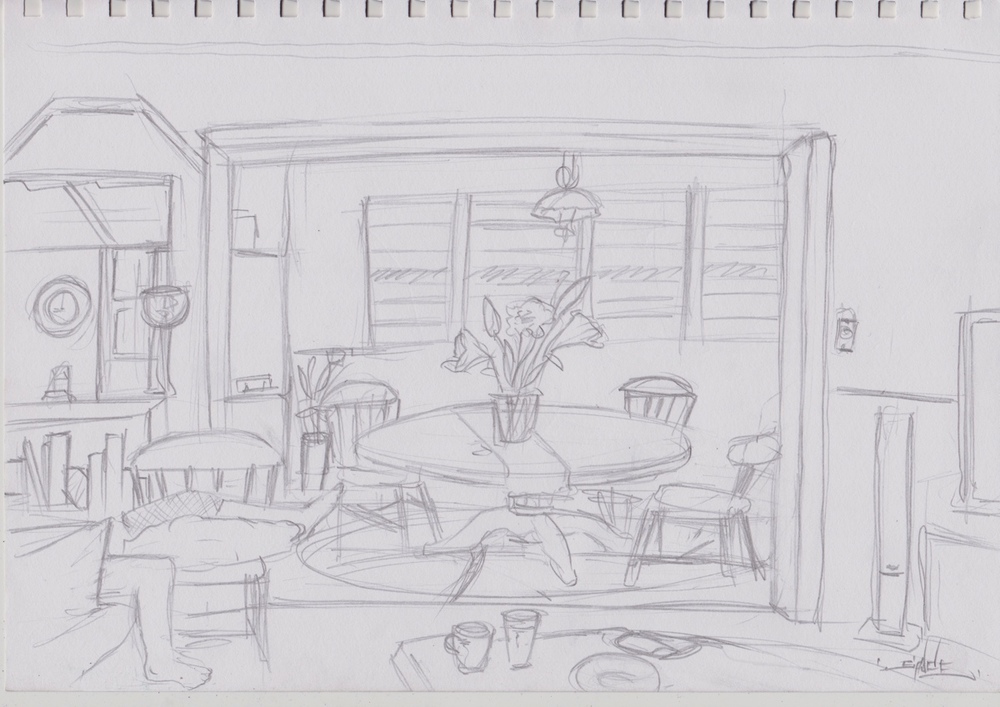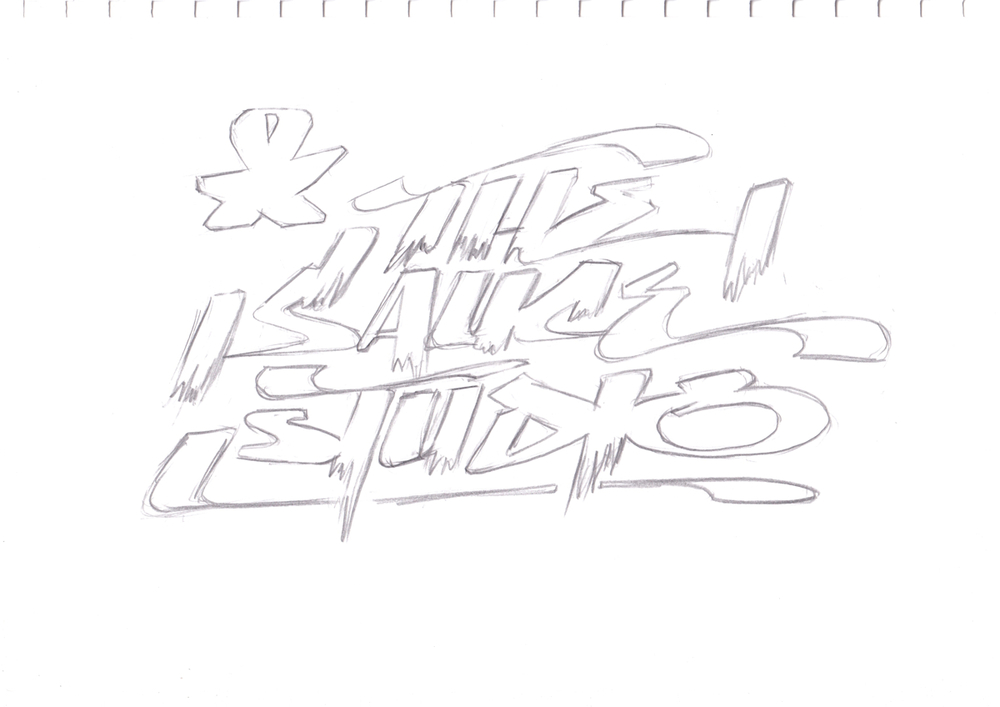This week for #ArtThursday, I’m talking about public art. Over the past decade, Sauce has contributed a vast amount of public art to the wider community with numerous murals, some of which were commissioned and funded and others were self directed and self-funded. Either way, the murals all added colour and changed the cultural ambience of the area, which is the main aim of public art. Good public art should add and create a better ambience, it should be aesthetically pleasing to a wide audience, it should invite a positive dialogue and as all good art does it should Comfort the disturbed and disturb the comforted.

Dick, Head of Department. Sauce, 2014.
This is easer said than done, as there are loads of different pieces of public art in our communities which do not reach a wide audience nor improve the visual and cultural ambience of the area. When I mention public art, how many images of bronze statues of forgotten Kings come to mind, or in our trade, how many faded murals have you seen which were a community project from many moons ago? It’s easy to be scathing of such pieces, however as an industry professionals, Sauce and myself have some insights about the process, and how the bureaucrats manage to make such a mess of it all.
First, there is the procurement process. It is incredibly common to find an Expressions of Interest (EOI) where the details are incorrect, the time schedule is laughable or the project outcomes are not inline with the project details. Usually, this is due to the staff responsible for the project delivery. It is incredibly rare to find a bureaucrat with the experience in arts related project delivery, and even rarer to have people involved in the process who are arts practitioners. For all the fancy words and pretty pictures, most EOIs for public art are cut and pasted from another department and in the case of murals, it’s often about trying to solve an existing problem. Murals are rarely curated or planned into the design of the building or architecture.
Then there is the million dollar question: How much for the puppy sculpture in the park? Again, the bureaucrats put their two cents in here, and usually the artwork needs to be to a set budget, which isn’t necessarily a bad thing. However this figure is more than likely to be plucked out of thin air, than resemble an amount which will cover the professional delivery of a successful arts project. Again, in our experience, the fees associated with project delivery are unlikely to resemble a price which encompasses the price of materials and the time necessary for the project, it’s more about looking good in glossy brochures and to branch managers.
So how does the public fare in all of this, and what do they do when they get a dead tree or Poo Sticks in their local park? For the better part, their taxes and rates are wasted on Red Tape. Which isn’t good for anyone, as it means both the artists and the public are missing out on fulfilling cultural experiences. While there are plenty of great artists with even better ideas, there are few opportunities for professional artists to deliver artist driven projects. And don’t even get me started on grants. I’d rather pull my teeth out with pliers than waste my time applying for endless grants.
So next time you’re reading the paper and notice “some artist” gets “$120,000 for a light installation” or whatever the flavour of the month is, you can guarantee most of the cash went to the bureaucrats, and the artist is most likely still penniless.





